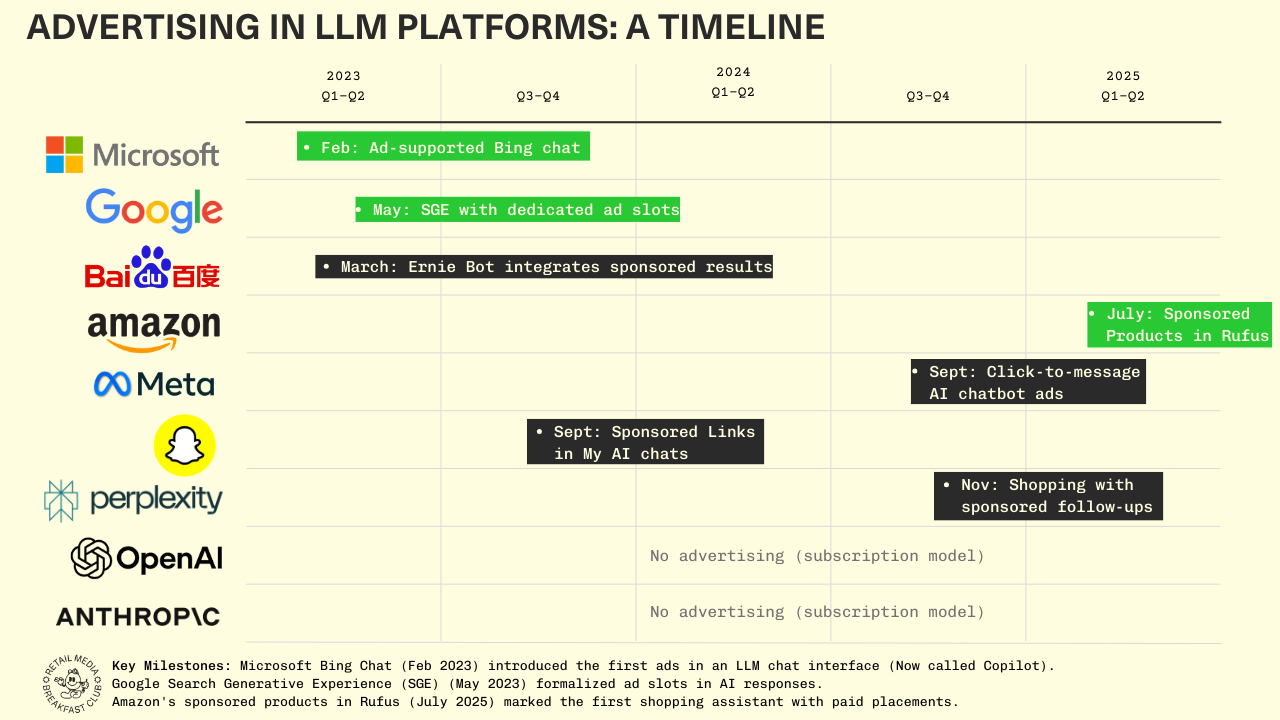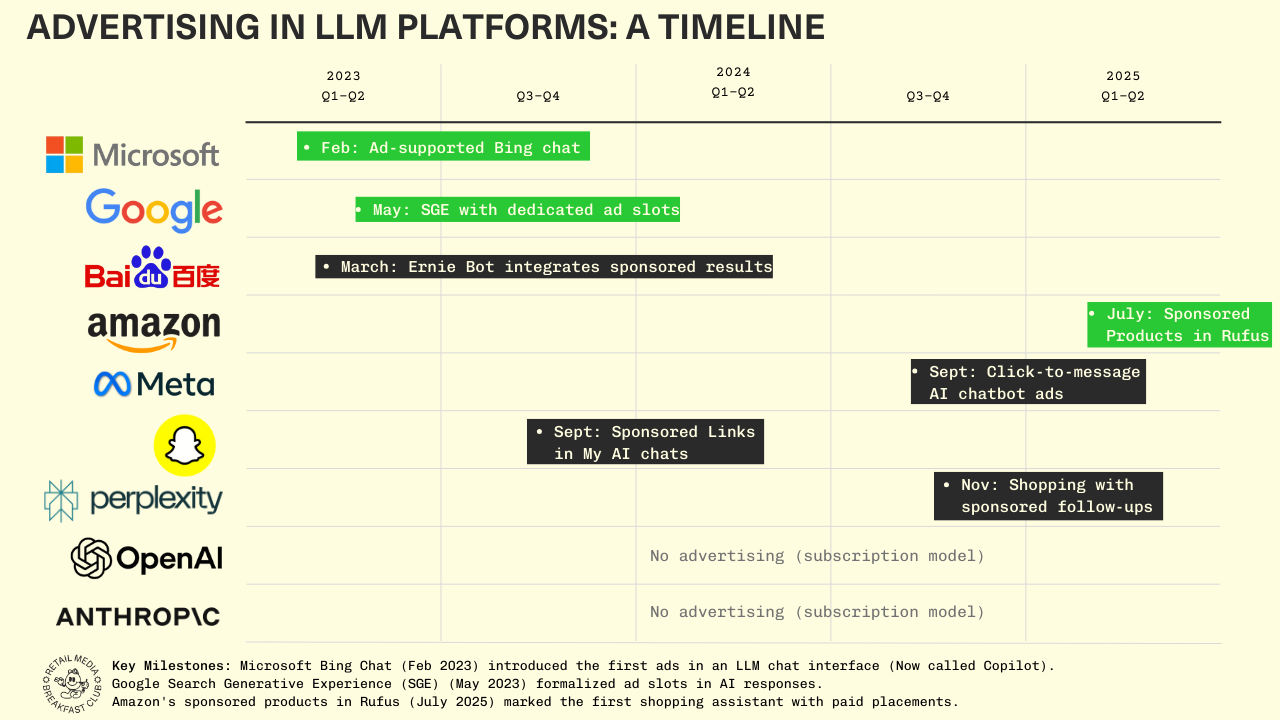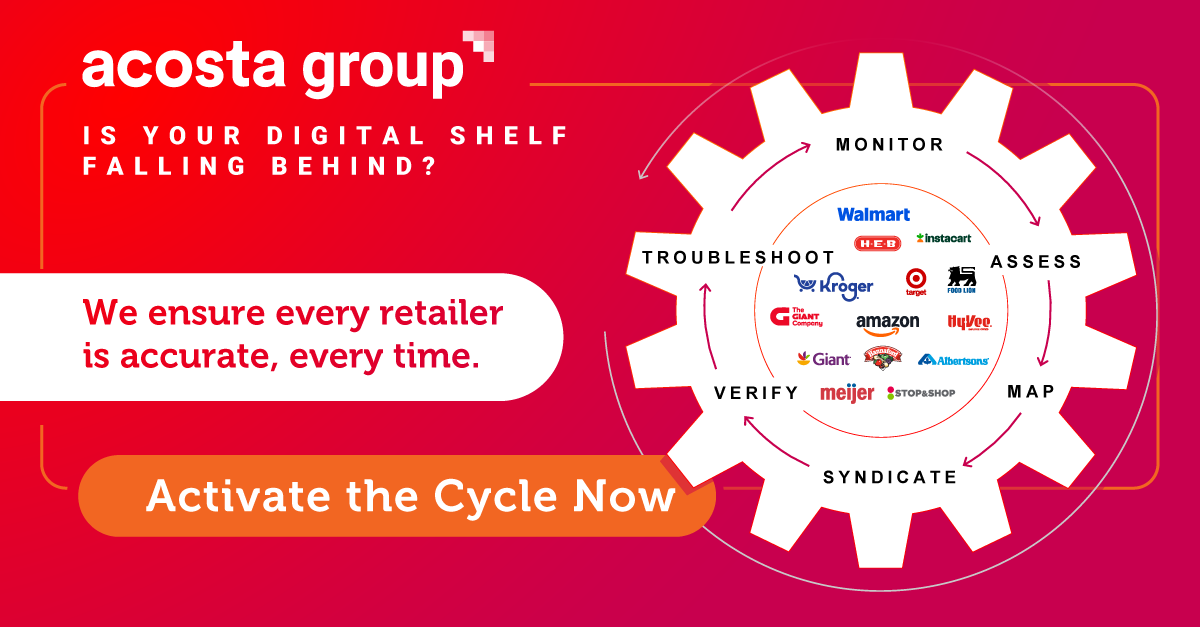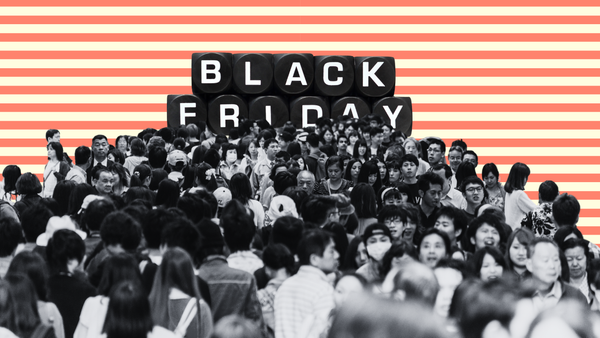Ads in AI Are Older Than You Think
Ads have been quietly running inside AI assistants since February 2023, generating real revenue and delivering performance metrics that often beat traditional search advertising.

eMarketer put out a projection a couple of months ago that produced somewhat of an eye-roll around the media ecosystem: that search advertising within AI will reach $25.9 billion within five years. For context, this is the same trajectory that retail media took in its early years. The skepticism I've heard from various folks is generally rooted in the fact that its hard to project off of something so early and so nascent.
Here's the thing, advertising within AI LLMs isn't as nascent as you think.
This Is Already Happening
Ads in LLMs aren't a pie-in-the sky concept—they're working business models with two years of performance data. Microsoft launched sponsored links in Bing Chat in February 2023, making it the first major consumer service to monetize conversational AI. Microsoft says these ad units perform even better than traditional search ads: 73% higher click-through rates, and 16% stronger conversions.
Amazon moved quickly too. By mid-2025, Amazon began testing sponsored products within Rufus responses—using their LLM to generate helpful product blurbs that make ads feel like natural recommendations. When a user asks Rufus about noise-cancelling headphones, they might get organic suggestions plus a clearly labeled sponsored listing with AI-generated copy explaining why it fits their query.
Perplexity took a different approach entirely, launching sponsored "follow-up questions" that appear after users' queries. Ask about ice cream, and you might see a sponsored prompt like "Does Whole Foods sell fresh desserts?" with an answer highlighting Whole Foods' offerings. It's native advertising reimagined for the conversational age.

Global Development: Not as Different as You'd Think
Despite all the buzz about AI development in China, the advertising integration isn't dramatically more advanced than Western platforms. Alibaba's Taobao Wenwen handled over 5 million shopping queries by November 2023, while Baidu designed ERNIE Bot to improve ad targeting beyond keywords. The main difference? Chinese platforms integrated commerce from launch rather than adding it later, reflecting their super-app culture. But the fundamental advertising mechanics—sponsored content, relevance targeting, clear labeling—remain remarkably similar across markets.
The Retail Media Challenge Is Already Here
These developments hurt retail media economics I outlined in my series on agentic shopping's threat to retail media. On-site advertising—those profitable sponsored product listings and display banners—gets harder when fewer consumers visit retailer websites. Off-site data monetization gets watered down when AI agents also have transaction records across multiple retailers. Only physical trade marketing remains largely untouchable.
Amazon's strategic response reveals the stakes clearly: they're testing sponsored products in Rufus while simultaneously blocking external AI agents from accessing their site. It's a walled-garden approach betting that consumers will accept retailer-specific AI rather than demanding interoperability.

Sure, you’re crushing it on Amazon and Walmart. But what about Kroger, Instacart, and the fast-growing regional grocers? Acosta Group builds holistic media plans built on real shopper behavior across all the US retailers that your brand cares about.
They work directly with retailers of all sizes and know where your dollars will drive the biggest sales impact. From digital shelf to retail media to data analytics Acosta Group offers end-to-end Connected Commerce—all under one roof. Learn more at Acosta.Group
Emerging Ad Formats
What's notable is how quickly new advertising formats are emerging—and some are genuinely extraordinary. Microsoft's "Showroom Ads" pilot basically recreates walking into a car dealership or electronics store, except it's happening inside a chat conversation. When you're asking Copilot about a product and seem interested in buying, you can be invited into what's essentially a virtual showroom where you keep chatting with the AI about the product's features, benefits, and details.
But what has actually blown me away is the concept of dynamic ad generation, where the AI creates entirely new ad copy in real-time based on your specific query, location, and even seasonal context. The AI isn't just showing you pre-written ads—it's writing new ones on the spot that match exactly what you're looking for.
The company reports that these Dynamic Search ads have 20% better click-through rates, which suggests people actually find these conversational ads helpful rather than annoying.
The $25.9 Billion Runway
Ad units that drive better results for brands? That's going to get the attention of marketers, and why I am open-minded about eMarketer's lofty projection for search advertising spend within AI.
$25.99 billion within five years— that's roughly the same trajectory as retail media when it started scaling from near-zero. That growth rate makes sense given the early performance metrics: higher engagement, faster customer journeys, and conversion rates that beat traditional search ads.
For retailers with heavy e-commerce exposure, this creates a big problem. As I detailed in my earlier analysis of agentic shopping's threat to retail media, we're looking at a fundamental reshaping of where advertising dollars flow and how consumers discover products.

Preparing for the Agent Economy
When most people think about ads in AI, they picture some distant future where ChatGPT starts hawking products or Alexa interrupts your questions with sponsored suggestions. The reality is far less sci-fi and much more immediate.
This shift is already happening. Brands are going to chase down whichever platforms will produce returns for them – whether that's retail media or LLMs. Smart retailers won't be those with the flashiest AI shopping assistants—they'll be the ones who make it easy for both humans and bots to do business with them.
The infrastructure isn't coming—it's here, it's working, and it's starting to reshape where advertising dollars flow.






